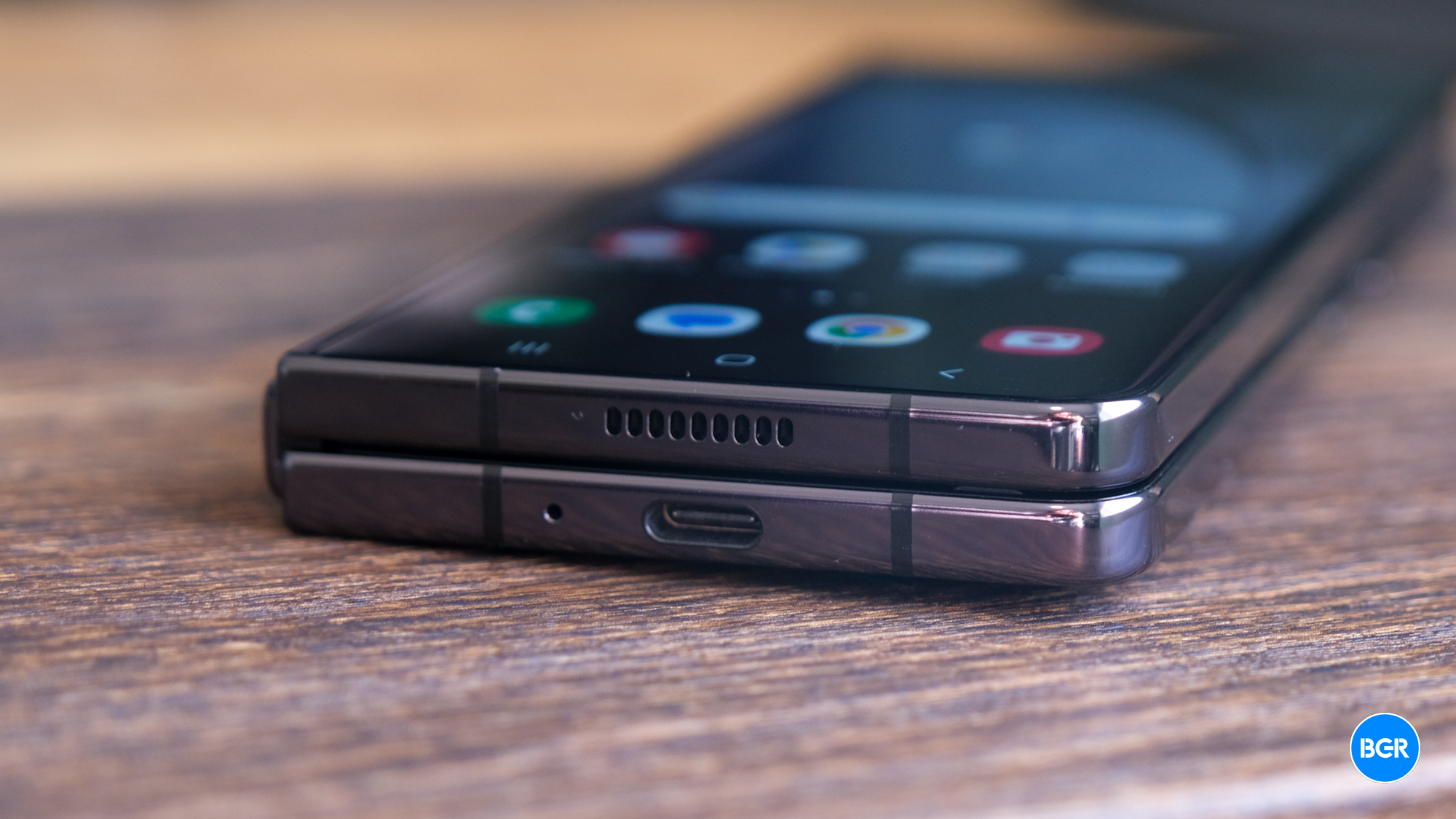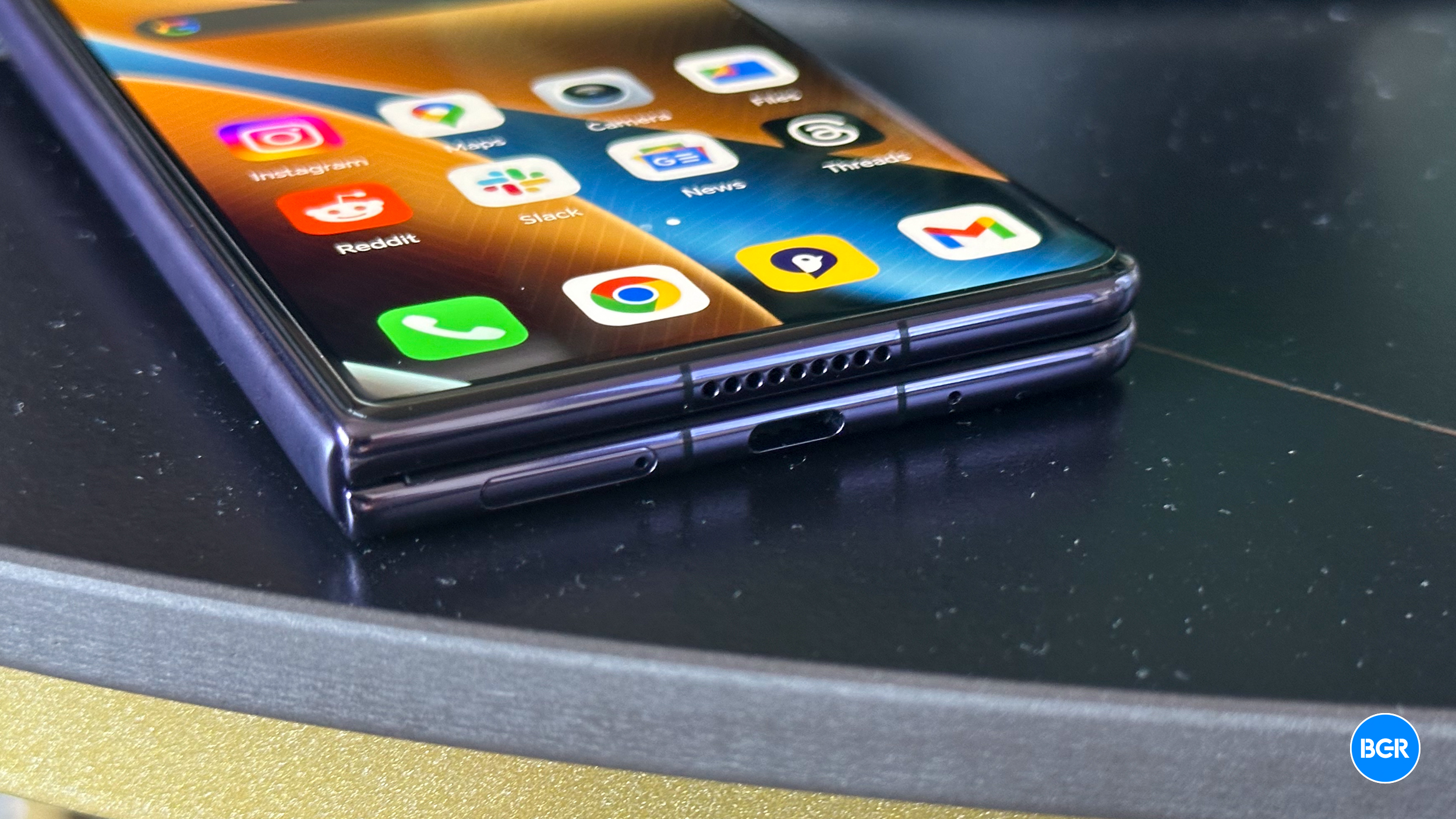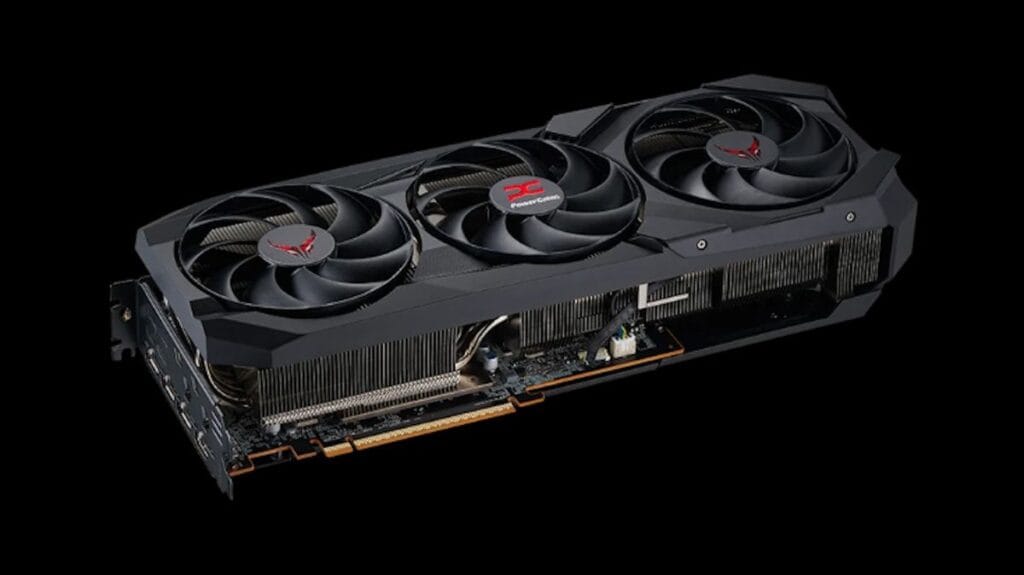Several reports in the past few months claimed that Apple is working on a so-called “iPhone 17 Slim” model that will be larger than the usual iPhone Pro size but smaller than the iPhone Pro Max. The Slim moniker isn’t official, but it indicates that the iPhone in question might be thinner than other iPhone 17 variants.
A proper name for it might be the iPhone 17 Ultra, as it may be even more expensive than the iPhone 17 Pro Max. I already explained why the iPhone 17 Slim might be a bigger deal than we initially thought. Apple will need sophisticated technologies to make a thinner iPhone, including a slimmer OLED panel, thinner batteries, and a powerful yet efficient high-end A-series chip.
A new report claims that Apple also wants to make thinner MacBook Pros and Apple Watches in the future now that the thin M4 iPad Pro is here.
All this made me realize that Apple’s quest to make slim hardware isn’t only about reducing the weight and size of these devices. It’s also not about proving to the world that Apple has the tech innovations to make these designs possible. It’s all tied to Apple’s purported plans to release a foldable iPad/MacBook and a foldable iPhone in the coming years.
Tech. Entertainment. Science. Your inbox.
Sign up for the most interesting tech & entertainment news out there.
By signing up, I agree to the Terms of Use and have reviewed the Privacy Notice.
Over the weekend, Bloomberg’s Mark Gurman released a new Power On newsletter where he specifically tackles Apple’s plans for thinner devices:
I’m told that Apple is now focused on developing a significantly skinnier phone in time for the iPhone 17 line in 2025. It’s also working to make the MacBook Pro and Apple Watch thinner. The plan is for the latest iPad Pro to be the beginning of a new class of Apple devices that should be the thinnest and lightest products in their categories across the whole tech industry.
I already explained how impressive the M4 iPad Pro is when it comes to battery life. The device is much thinner than the previous version but packs a superior processor and a more advanced chip. Yet Apple managed to keep the same great battery life. That’s a key detail for reducing the profile of mobile devices. Battery life has to remain at least as good as the previous generation.
Other insiders seem to corroborate Gurman’s take. Apple’s upcoming Apple Watch Series 10 will supposedly be thinner than its predecessor and feature larger displays.
 Samsung’s Galaxy Fold 5 is thick. Image source: Christian de Looper for BGR
Samsung’s Galaxy Fold 5 is thick. Image source: Christian de Looper for BGR
None mention foldable iPhone or iPad devices when discussing the thickness factor. But if you’ve followed Apple for as long as I have, you’ll know that Apple does things in a certain way. It introduces the building blocks of future breakthroughs years before those breakthrough products.
Take the foldable iPhone. It has to have an amazing display, a great chip, terrific battery life, and top-of-the-line cameras despite being incredibly thin. To get there, Apple has to introduce and test innovations in prior devices.
Apple certainly doesn’t want to make thick foldable iPhones like Samsung has been selling in recent years. Not when the likes of Honor have shown the world that thin, foldable phones are possible.
The thin M4 iPad Pro has a next-gen OLED display and chip tech that might power a foldable tablet or phone. Its battery life is also amazing.
Apple has to replicate all that in an iPhone 17 Slim while dealing with the next big challenge: the cameras. The M4 iPad Pro has only one rear-facing camera, a downgrade compared to the previous model. That’s a good compromise because most people use iPhones or Android phones to take pictures. Apple probably dropped the second camera as it was too thick.
The iPhone 17 Slim supposedly features a centrally placed camera module on the back. But that camera will have to be as high-end as possible.
 The Honor Magic V2 is an incredibly thin Fold-type device. Image source: Christian de Looper for BGR
The Honor Magic V2 is an incredibly thin Fold-type device. Image source: Christian de Looper for BGR
Combine all these features, and you can make a foldable iPhone. Well, you still need hinge and foldable display tech, and Apple can’t test these innovations on non-foldable devices.
The same logic applies to developing a foldable iPad/MacBook. That device has to be capable of MacBook Pro performance regardless of whether Apple chooses to brand it that way. It’ll have to match what the non-foldable MacBook Pro can do in terms of power and battery life, all in a more fragile package. Before we get there, we need an even thinner MacBook Pro in stores.
All of this is speculation, but it seems to fit together. If reports about thinner gadgets come true, Apple will set the stage for the future foldable iPhone and foldable iPad/MacBook.




